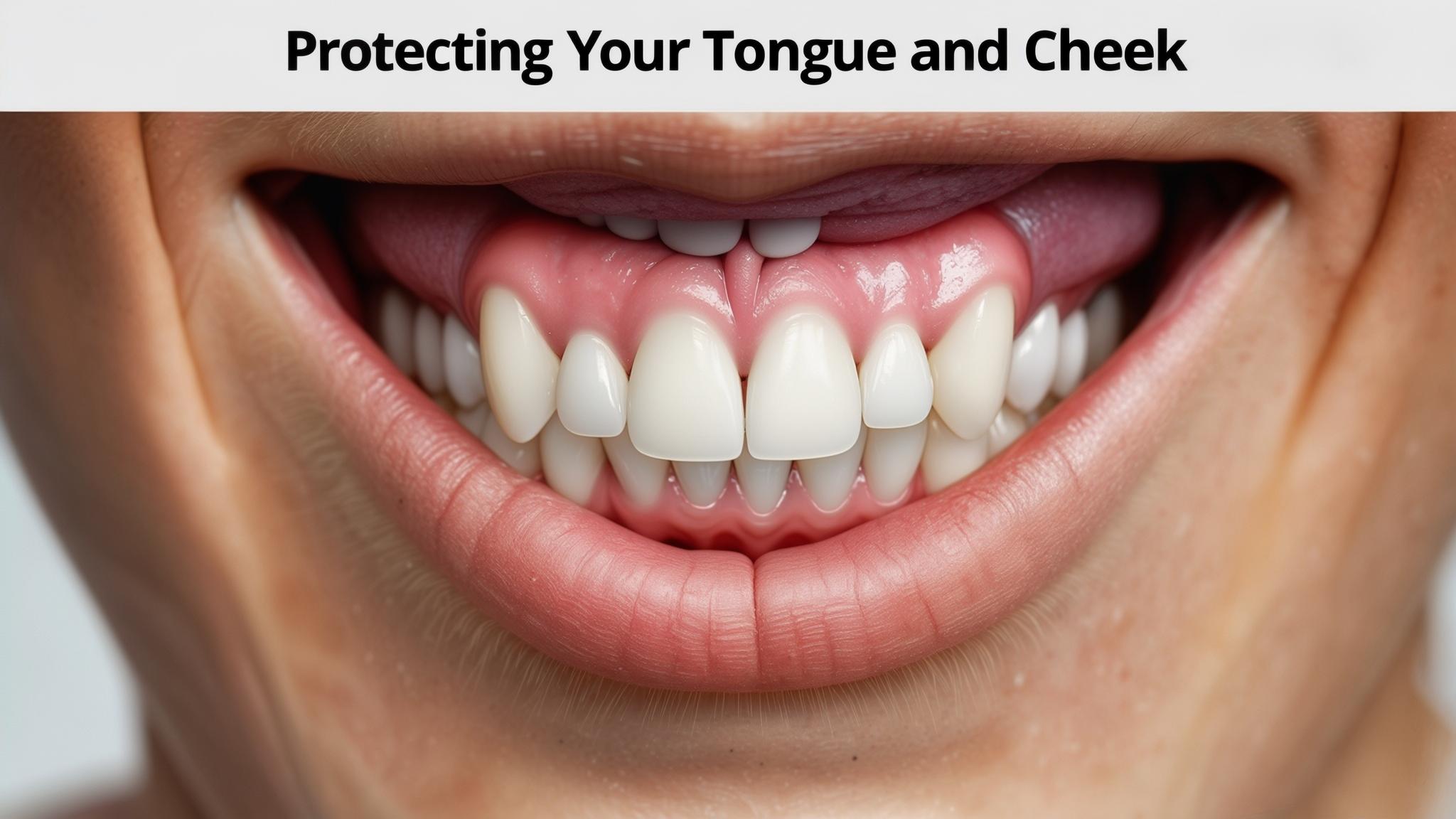Understanding Sharp Tooth Edges and Oral Injuries
Imagine biting into a crisp apple, only to feel a sharp edge in your mouth that wasn't there before. This can happen when a tooth becomes chipped or broken, leaving a jagged edge that can cut your tongue or cheek. Sharp tooth edges can be more than just a nuisance; they can lead to painful cuts and even infections if not managed properly.
Addressing these issues promptly is crucial. Not only can further injury be prevented, but you can also avoid potential infections. In this article, we'll guide you through immediate care steps and what to do before you can see your dentist.
Understanding the Problem
Causes of Sharp Tooth Edges
Sharp edges on teeth can arise from several situations:
- Broken or Chipped Teeth: Accidents or biting down on hard objects can cause teeth to chip or break, resulting in sharp edges.
- Misaligned Teeth: Teeth that are not properly aligned can wear against each other, creating sharp points.
- Worn-down Dental Restorations: Fillings or crowns that have worn down over time can also develop sharp edges.
Symptoms of Cuts on the Tongue or Cheek
If a sharp edge cuts your tongue or cheek, you may experience:
- Pain and Discomfort: Initial cuts can be quite painful, especially when eating or speaking.
- Swelling and Inflammation: The affected area may swell as your body responds to the injury.
- Bleeding: Cuts can cause bleeding, which varies in severity depending on the depth of the cut.
Immediate First Aid Steps
Assessing the Injury
First, take a moment to assess the situation:
- Check the Extent of the Cut: Look in a mirror to see how deep or long the cut is.
- Determine if Bleeding is Severe: Minor bleeding is common, but if it seems excessive, you'll need to take immediate action.
Controlling Bleeding
To manage bleeding:
- Rinse with Warm Salt Water: This can help clean the wound and reduce bacteria.
- Apply Gentle Pressure: Use a clean cloth or gauze to apply pressure to the cut, which can help stop the bleeding.
Reducing Pain and Discomfort
- Use Over-the-Counter Pain Relievers: Ibuprofen or acetaminophen can help manage pain.
- Apply a Cold Compress: Placing a cold compress on the outside of your cheek can reduce swelling and numb the area.
Preventing Further Injury
Avoiding Certain Foods and Activities
To protect the injured area:
- Eat Soft Foods: Choose foods that are easy to chew and won't irritate the wound.
- Avoid Spicy or Acidic Foods: These can exacerbate pain and irritation.
- Refrain from Chewing on the Affected Side: This minimizes the risk of further injury.
Maintaining Oral Hygiene
- Gentle Brushing and Flossing: Keep your mouth clean, but be gentle around the injured area.
- Avoid Mouthwash with Alcohol: Alcohol can irritate the cut, so stick to alcohol-free options.
When to Seek Immediate Dental Care
Signs That Require Urgent Attention
Certain symptoms indicate a need for immediate dental care:
- Excessive Bleeding: If bleeding doesn't stop with pressure, seek help.
- Signs of Infection: Increased pain, fever, or swelling may indicate an infection.
- Difficulty Swallowing or Breathing: These symptoms require urgent medical attention.
Contacting the Dentist
When reaching out to your dentist:
- Provide Details of the Injury: Explain what happened and the symptoms you're experiencing.
- Ask About Preparations: Inquire if there are any specific steps to take before your appointment.
Conclusion
Addressing sharp tooth edges that cause cuts is vital for your oral health. While immediate care can alleviate discomfort and prevent complications, professional dental treatment ensures proper healing and resolution. Regular dental check-ups are key to preventing such issues and maintaining a healthy smile.

